Ávila is a city that is located around an hour and a half away from Spain's capital, Madrid. The city is beautiful, albeit not being particularly large in size, which makes it possible to visit it in its entirety in one day without needing to use buses or taxis; everything is located a considerably short distance apart, making it easy to fall in love with its churches whilst walking around.
One of its biggest attractions, well, the main attraction, are the beautiful walls that protected the city for several years. The walls have a length of 2516 metres, but you can only walk around 1400 of those, which, equally, isn't a short distance. One of the most surprising things is that these walls were constructed over a period of around 10 years, particularly thanks to the perimeter that they have. If you aren't the best with heights, don't worry about it at all because the walls are only 12 metres high, which means that you can enjoy and endure the experience worry-free.
The walls
Ávila is a city that you have to visit, and if you do so, you must pay for a ticket to be able to walk around the walls because they are absolutely unlike anything else. The Walls of Ávila are considered to be one of the best-preserved medieval sites in both Spain and the whole of Europe, and that is something that you notice at first sight: the stones have not been victims of vandalism or chemical weathering over time. You have to bear in mind that these walls are almost one thousand years old. In fact, I could say that it is one of the best-preserved monuments that I have ever visited in my life, having been declared both a Spanish and World Heritage Site.
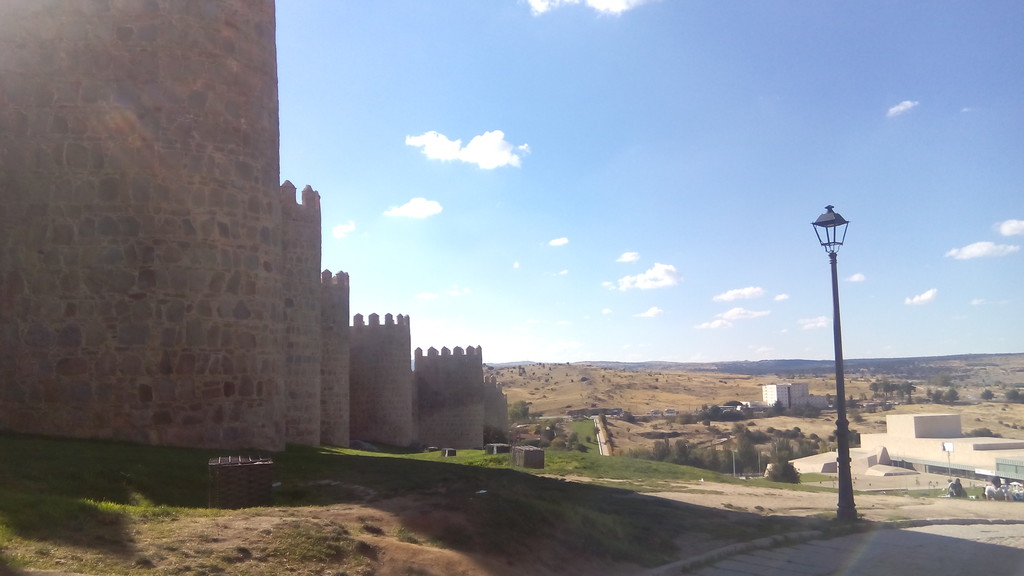
Entry to the walls
Upon entering the walls, the first floor can be accessed, which is where you buy your entry tickets. A beautiful, large, wooden model occupies almost the entire room and represents the walls that protect the city, as well as its nine doors or outstanding sections. Once you've bought your ticket, it's time for the adventure to start!
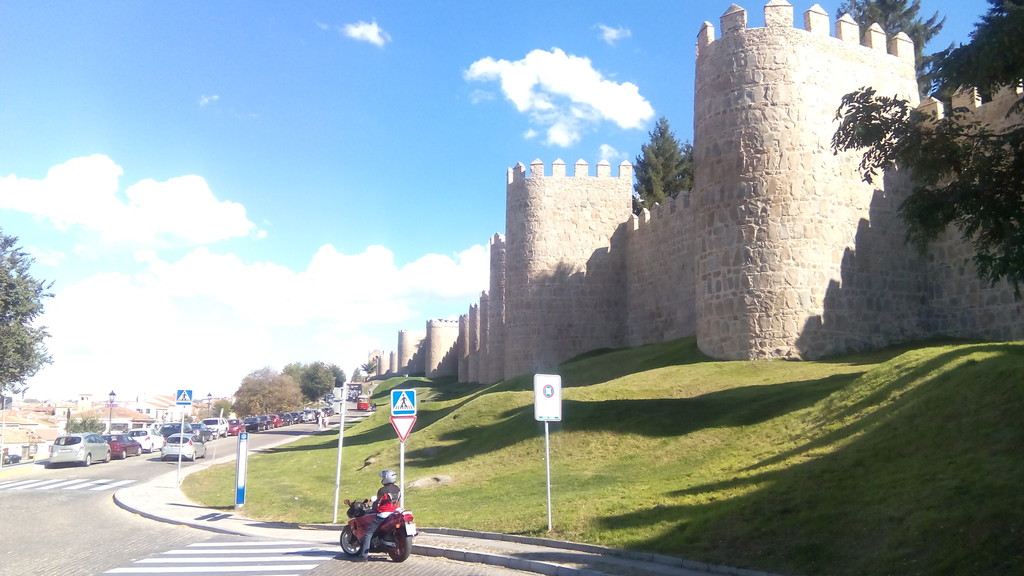
The best thing about buying tickets for this tour are the views that you have once at the walls, as you will be able to see the numerous other monuments that Ávila is home to from other angles. Some of the monuments that I could see from the walls were: Ávila Cathedral, the Monasterio Real de Santo Tomás, and Saint Peter's and Saint Andrew's Churches, but, equally, those who are fortunate enough to have good views of Ávila may spot some others. Be sure to bring a good camera, as you aren't going to have a reason to stop taking photos. At lunchtime, the sun is extremely strong, so I recommend visiting the walls during the afternoon so that the sun has chance to go down a bit, which means that you'll be able to take better photos too. In fact, the walls are usually beautifully illuminated in the evening; if you have the opportunity to stay late, it would be a lovely experience to walk in the opposite direction of the walls and take advantage of the lighting to take another photo of them.
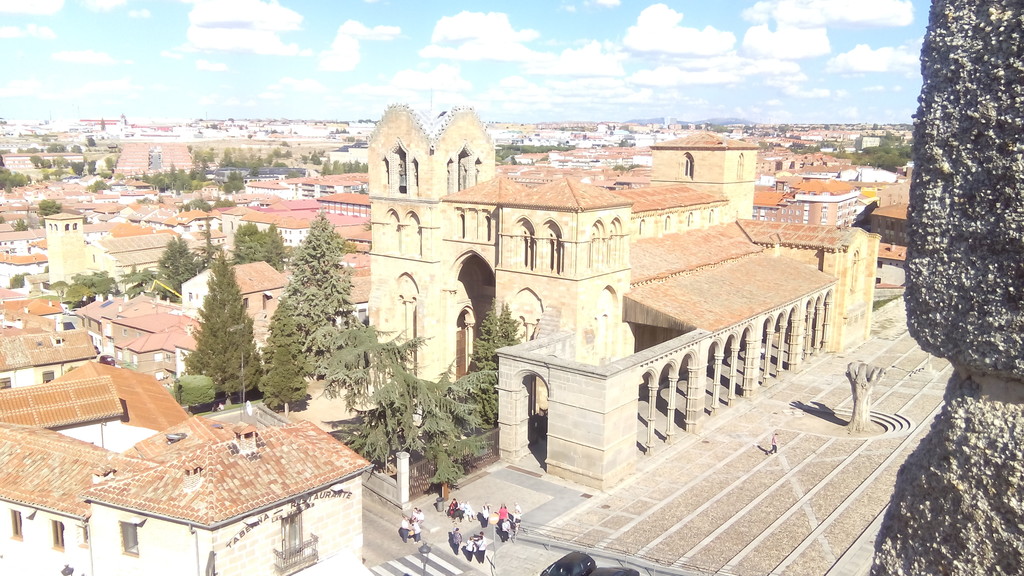
Whilst you are walking around the walls, you are going to be able to see the city from different angles, the difference between the architecture within the walls, as well as the architecture of the "new" city, located outside of the walls and is incredible. Everything that sits inside the walls has been preserved very well, so much so that, whilst within them, you will feel like you are still in a medieval world.
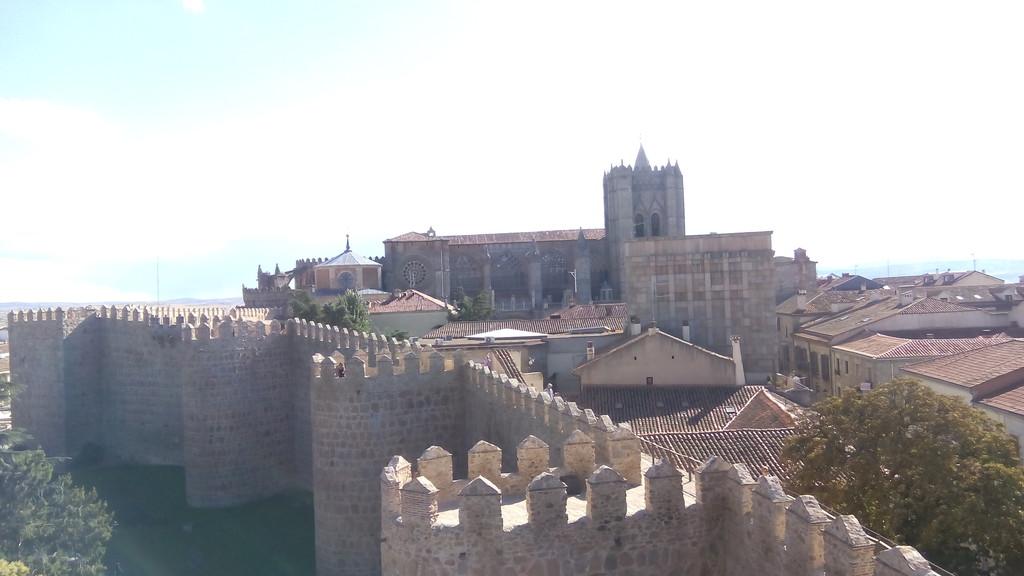
One of the points that I recommend seeing and one where you must, of course, take a photo is the Puerta de Alcázar (or the Mercado Gramnde), which is located in front of Santa Teresa Square. In Santa Teresa Square, it's practically the law as a tourist to take a photo where the Puerta de Alcázar is visible in the background, as it's the most representative part of the entire walls given that it witnessed the dethronement of King Henry IV of Castile, which gives it a historical plus point.
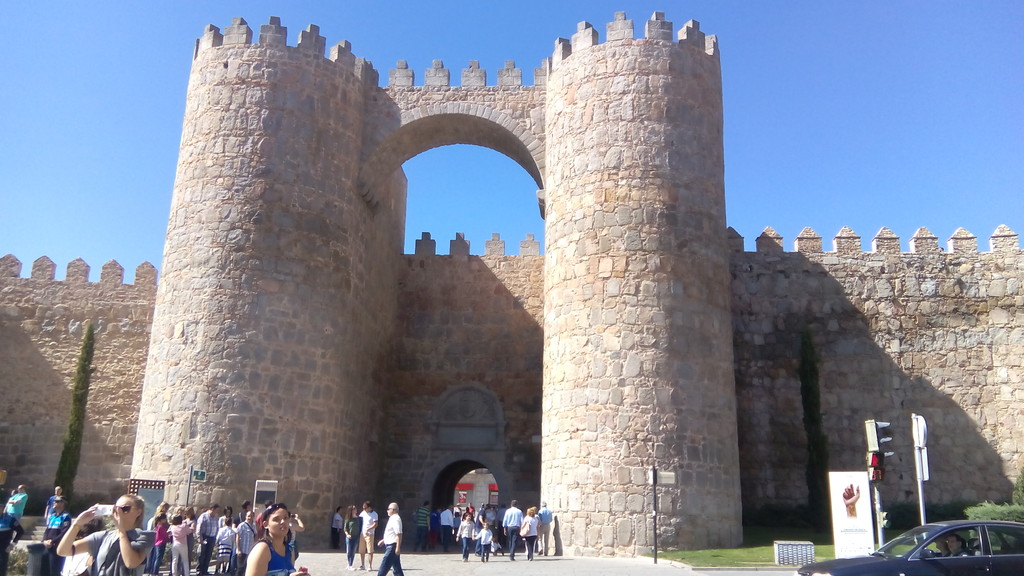
(Entrance to the Puerta de Alcázar. )
One of the points that I recommend seeing and one where you must, of course, take a photo is the Puerta de Alcázar (or the Mercado Gramnde), which is located in front of Santa Teresa Square. In Santa Teresa Square, it's practically the law as a tourist to take a photo where the Puerta de Alcázar is visible in the background, as it's the most representative part of the entire walls given that it witnessed the dethronement of King Henry IV of Castile, which gives it a historical plus point.
One of the points that I recommend seeing and one where you must, of course, take a photo is the Puerta de Alcázar (or the Mercado Gramnde), which is located in front of Santa Teresa Square. In Santa Teresa Square, it's practically the law as a tourist to take a photo where the Puerta de Alcázar is visible in the background, as it's the most representative part of the entire walls given that it witnessed the dethronement of King Henry IV of Castile, which gives it a historical plus point.
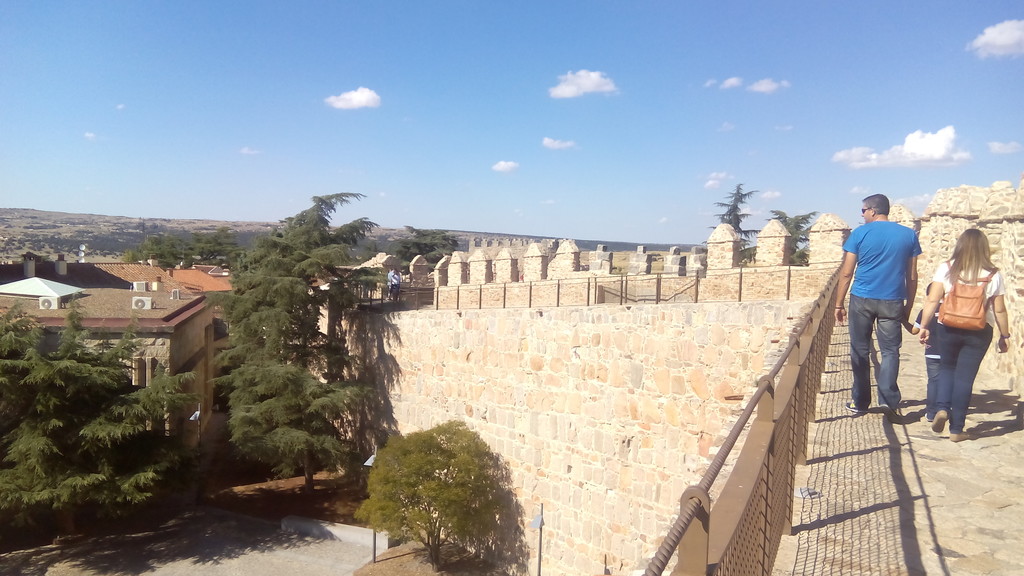
(During the visit. )
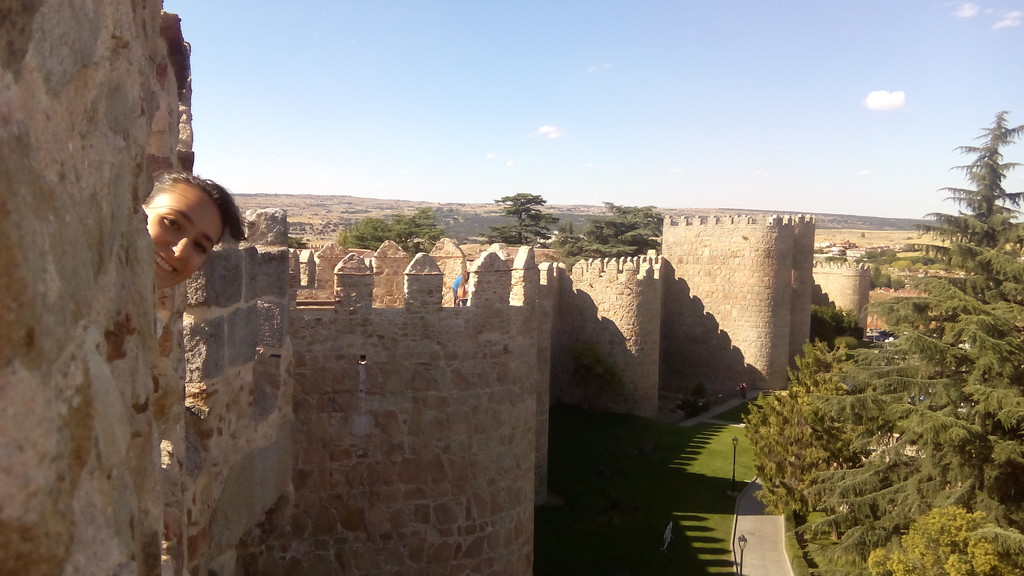
(You can see how well-preserved they are. )
How much does it cost to visit?
Tickets can be purchased at any one of the four entry points to the walls, and they usually cost 5€ for adults and 3. 50€ for children and students. If you are a student, you must show a valid ID card, whether that be an ISIC card (if you have one), an ESN card (again, if you have one), or your university ID card (you must have one of these).
What are the opening hours like?
The visit to the walls is open from 10am to 8pm (well, they were during the period I visited them, at least), but I recommend double checking the opening hours beforehand because they usually change based on the time of year it is, meaning that they may well close at 6pm or 9pm. You must bear in mind that they are closed on Mondays, except for those that fall on public holidays (I recommend that you check these online beforehand too).
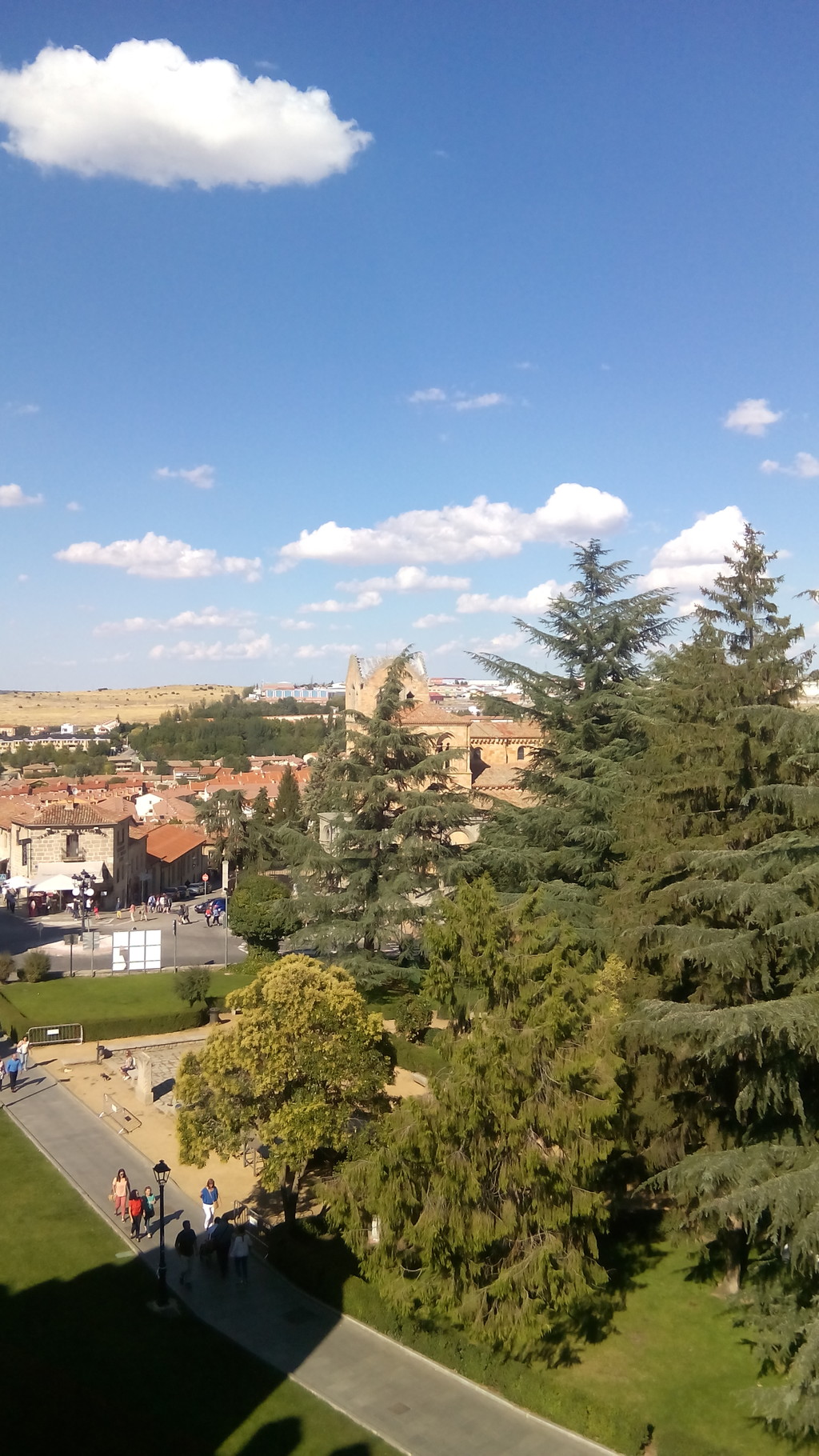
Get excited about visiting the walls - it's a completely one-of-a-kind experience. Visiting them has been one of the best experiences that I have had with regards to monuments in Spain after the Royal Palace of Madrid; you won't regret going!
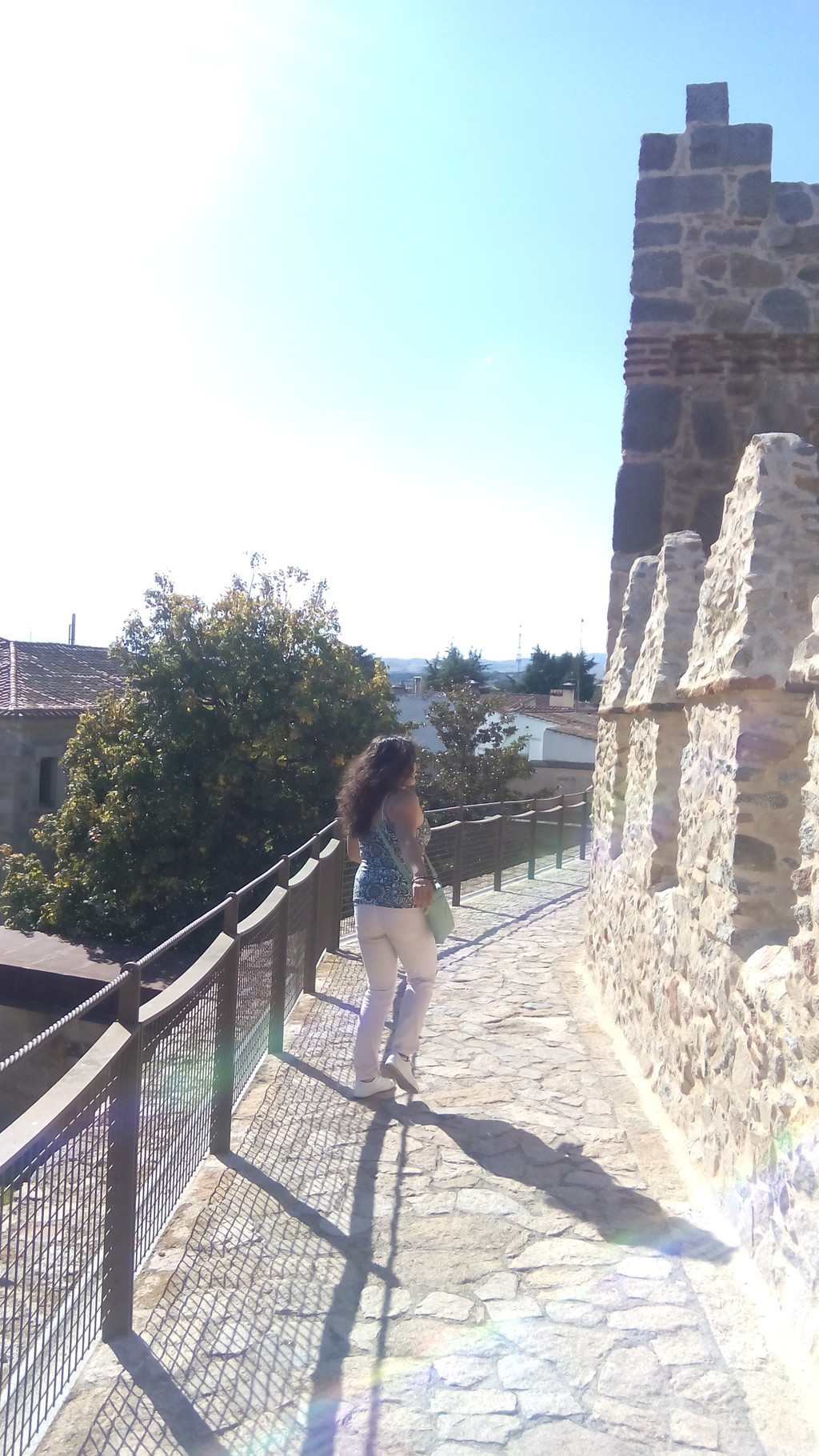
 What to see Ávila,
Ávila,
Spain
What to see Ávila,
Ávila,
Spain





































